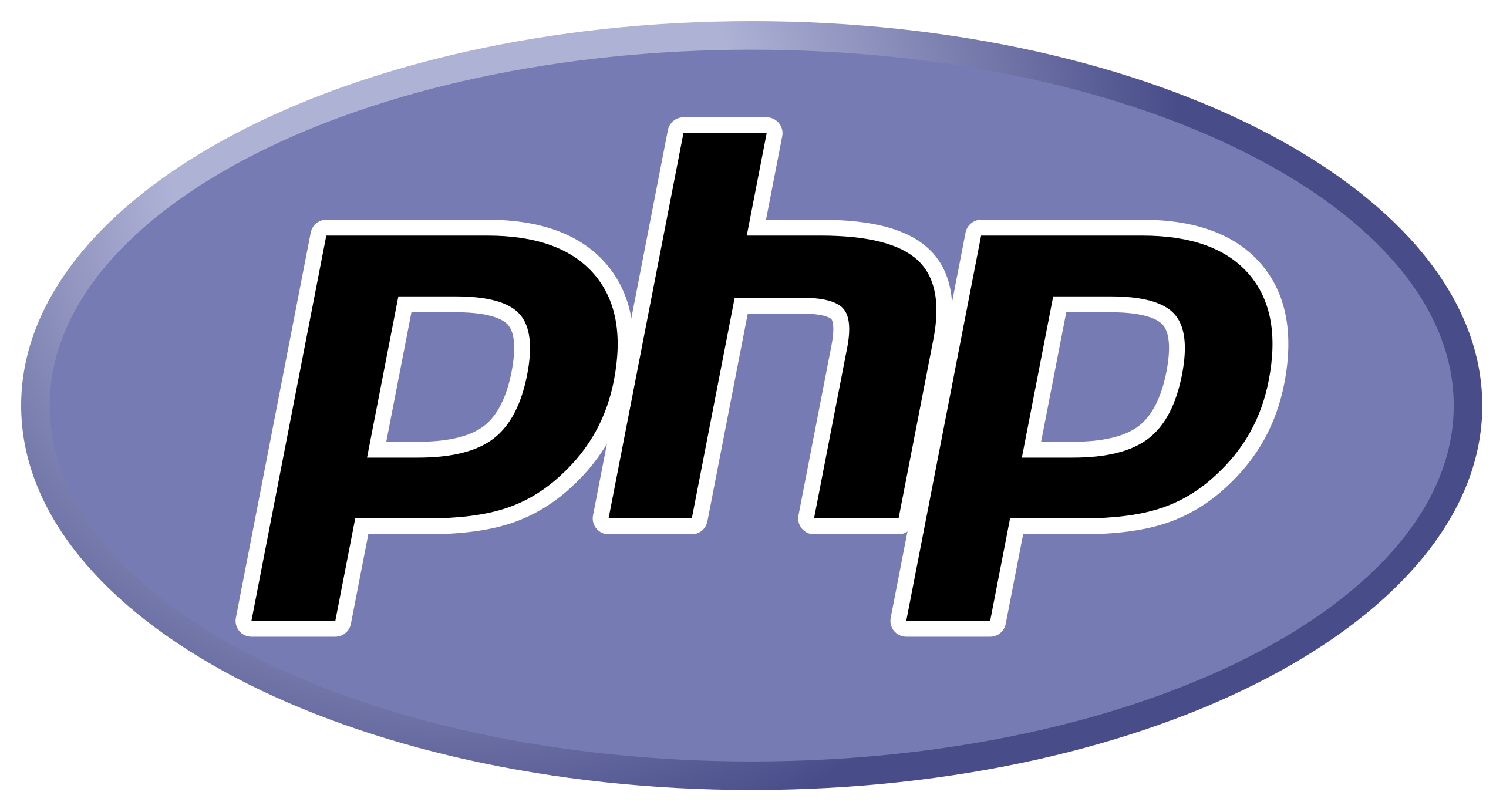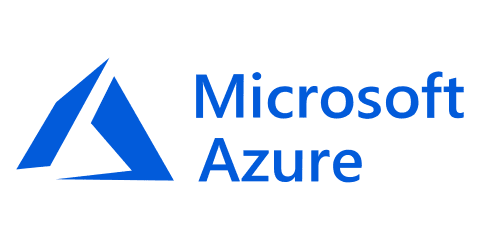We Engineer To Solve Challenging Technology Problems
Web Development
With more than 20 years of experience, the Nextarp team has been delivering engaging web products that require exceptional customer experience and scalability. Leverage our unique combination of expertise to build a rich-featured user-intensive e-commerce application, a speedy progressive web app, or a real-time auction website. We deliver comprehensive web development services with clear results and a clear development process.
Nextarp helps you to create complex web apps engineered for your business's growth. Web apps built by Nextarp's development team are well-structured, flexible, secure, and high performing due to their architecture. Businesses need a well-engineered solution for sustained growth.
Nextarp helps you to create complex web apps engineered for your business's growth. Web apps built by Nextarp's development team are well-structured, flexible, secure, and high performing due to their architecture. Businesses need a well-engineered solution for sustained growth.
Web Technologies and Frameworks our specialists use
Mobile App Development
Mobile applications are a direct channel between you and your customers, creating a more effective means of communication, building longer relationships and accumulating a genuine customer base with strong loyalty. Nextarp creates customer-focused mobile solutions that improve your business’s accessibility to your customers and clients, help in building brand awareness and recognition, boost profits and allow you to stay on top of customer satisfaction.
Frameworks our specialists use
Server Side & Backend Development
Create a better user experience by improving the efficiency, performance and responsiveness of your web application. Nextarp builds solid software solutions with your needs and requirements in mind. Experts are focused on providing your platform with higher availability, scalability, flexibility and security.
Software Integrations
Software integrations into your product could be a must-have solution for business processes automation, information security, data collection and management, UX enhancement, and other crucial tasks.
Evolve and enhance products at a faster pace with highly efficient DevOps solutions. Nextarp accelerates your capabilities to deliver applications and services at higher speed, improve quality, efficiency, and agility, being focused on your needs and business strategy.
Evolve and enhance products at a faster pace with highly efficient DevOps solutions. Nextarp accelerates your capabilities to deliver applications and services at higher speed, improve quality, efficiency, and agility, being focused on your needs and business strategy.
Some of the languages that we are native
Financial Infrastructure Engineering
Payment Systems
The main asset of a financial institution is the money of its customer. Systems that process financial transactions and exchange messages with counterparties are extremely important for a financial institution and require expertise to engineer a state-of-the-art system that guarantees confidentiality, integrity, and availability of the system at any given moment. Those systems in the end process money transactions and will always be the target of adversaries. A glitch or an issue will cause payment institutions to stop executing financial transactions which in most cases is unacceptable. On the other hand, the emergence of disruptive blockchain technology pushed the payment industry to become more agile and change to cope with the availability and speed of the blockchain-based payment infrastructure. Unfortunately, this paradigm change resulted in successful cyber attacks against such payment systems. Nextarp has more than 15 years of track record in engineering and maintaining payment systems not only compliant as required by regulatory bodies and industry but also has state of art security measures in place to detect and respond to any issue such as cyber attack or a disaster situation that might occur during the lifetime of such system. Moreover, the solutions that Nextarp offers to its customer includes cryptographic message authentication mechanisms during a transaction from initiation by the end customer to execution on a payment system.Integrations with Trading and Market Data Platforms
Another important infrastructure for a payment institution is the systems that can exchange trading messages and gather real-time market data. Those mission-critical systems require expertise to engineer and operate so that they can process thousands of requests instantly and give real-time market information for financial institutions to use in their transactions.
Cloud Migration & Infrastructure Engineering
Cloud computing has disrupted the traditional on-premises infrastructure market, so IT leaders have alternatives when it comes to their information accessibility and security. Nextarp helps you decide the best solution for your organization. We will assess your needs and engineer with you the best solution for your organization, which can be many times not to use cloud computing. Whatever the outcome of our assessment is we will also assist you in and set up the required infrastructure whether it is on the cloud or on-premises.
Benefits of the cloud computing
The ultimate goal of any cloud migration is to host applications and data most effectively, based on cost, performance, and security. The cloud offers many advantages and solutions for digitally-minded organizations including:- Greater flexibility
- Scalability
- Elasticity
Cloud vs on-premises assessment in a nutshell
Nextarp assesses the requirements of your organization to compare cloud and on-premises server solutions on cost, security, continuity, and scalability aspects so your business can make the right decision.
01
Cost comparison
In an on-premise environment, in-house dedicated servers are used. Obtaining them requires a considerable upfront investment. This cost includes buying servers, licensing software, and hiring a maintenance team. Additionally, maintaining the servers and the infrastructure also requires a significant budget for ongoing expenses to maintain server hardware, power consumption, and space. A cloud environment on the other hand has little to no upfront costs. The infrastructure is owned by the provider, and the client only pays for using devices on a monthly or annual basis. This financial model is known as the pay-as-you-go model, where you only pay for the units consumed and the time used. Additionally, cloud computing requires a lot less maintenance so the need for a technical team is drastically less than on-premise infrastructure.
02
Security & Control of Data
Extra sensitive data is preferably kept in an on-premise environment for security reasons. Confidential or critical data such as data of financial transactions, patient medical information systems, or official governmental credentials are critical, and sharing with a third party requires extra precautions. In such a scenario, on-premise models serve the purpose better than the cloud. Some organizations prefer using on-premise models as they are more confident about keeping their data safe themselves or need to adhere to various security compliances. Companies in highly regulated industries such as banking, insurance, and healthcare with many compliance requirements normally do not immediately start using the cloud because of this reason.
On the other hand in a cloud environment, ownership of data is not transparent. Contrary to on-premise, in a cloud environment, the data is stored on a third-party server. Data and its encryption keys reside within the infrastructure of the provider. If there is significant downtime in case of an unexpected event, it could be that the company can not be able to access its data.
Despite cloud data being encrypted and only the provider and customer having keys to that data, most individuals and organizations tend to be concerned over the security measures of cloud computing. Cloud has proved its mettle and obtained many security certificates over the years. But the loss of authority over the data reduces the credibility of its security claims.
03
Business Continuity and Disaster Recovery
Critical system failure, technical glitches, unexpected blackouts, malware, and cyber & ransomware attacks are common threats in today's technology landscape for any system. Preparation for such a disaster is a real challenge.
In an on-premise infrastructure, the responsibility of security and privacy lies entirely with the organization. In case of a disaster, the infrastructure may suffer physical damage or become unusable. Since the organization is solely responsible for managing its physical systems including servers, switches, and connectivity restoring data from damaged hardware or system with an untrustworthy state can pose a significant challenge that needs to be addressed beforehand.
The cloud environment is a step ahead in this aspect as compared to the on-premises model. Cloud provides organizations instant access to virtual resources in case of any disaster. With such features, you can back up, restore, and reboot software and data in a virtual environment instantly whenever any natural or unnatural disaster hits your cloud infrastructure.
04
Scalability
Due to the ever-increasing demand and changing user requirements, modern applications are continually evolving. Flexible and scalable infrastructure ensures that user experience is not compromised. On-premise environments offer less flexibility because of the limitation of the expension of physical servers. Running operations on-site implies resource scaling through buying and deploying new servers. Hence, scaling is a bit of a challenge under this type of model especially if your business grows exponentially. Another challenge is an enhancement of bandwidth and capacity related to physically deploying new servers. As one can manage things physically, you will have to make custom configurations based on organizational needs.
The scalability that a cloud environment provides is superior to on-premise models. Here, scalability includes resizing server resources, bandwidth, and internet usage. Also, for cost-saving purposes, cloud servers are scaled down or shut down when the usage is low. This flexibility is possible due to the virtual location and resources of servers, which are increased or decreased as per convenience.













